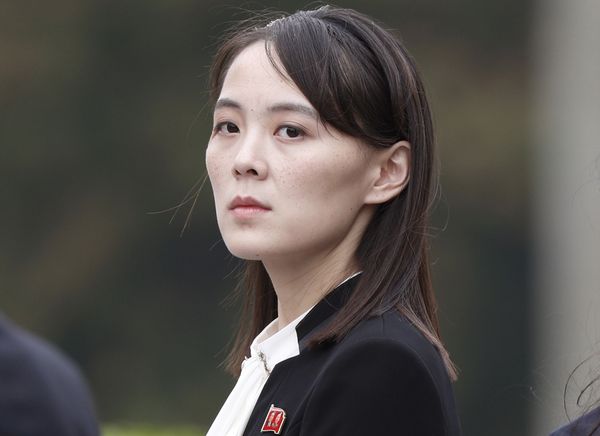For the past two years, Toowoomba nurse Andrea Barber has had to work "outside the box" to deal with the growing number of patients.
Working in decades-old buildings, emergency department staff within Darling Downs Health dealt with almost 15,000 patients in the last quarter, only 67 per cent of whom were transferred from an ambulance stretcher within 30 minutes.
"It is very challenging when you're working with an infrastructure that you can't expand within," Ms Barber said.
There is excitement among staff about the Queensland government's decision to build a new hospital in the city's northern suburbs, but it has left experts wondering where all the workers will come from to fill it.
Training centre
Construction on the $1.3 billion facility will begin as soon as the next financial year, with $20 million allocated for earthworks.
The project is expected to be completed in 2027, with the existing hospital in Toowoomba's CBD to be turned into an education and training centre.
"It's very important for our staff … they've worked under very difficult conditions, at times up to 100 per cent capacity," Darling Downs Health board chairman Mike Horan said.
Darling Downs Health chief executive Annette Scott said the hospital would attract more medical staff to the region.
"This announcement is a tonic for our staff and offers hope and opportunity for those people who are keen to potentially look at the Darling Downs as an area to move to," she said.
The hospital has done modelling on the number of staff needed to cover the extra 118 beds but it will not release it.
But Ms Scott said the opportunities that came with new facilities would attract more staff.
"Clinicians are looking for more than just the ability to offer care," she said.
Health funding
The new hospital is one of several commitments made by the Palaszczuk government, with new facilities also to be built in Bundaberg and Coomera.
The government is also promising to hire an extra 9,475 staff in this term.
But doctors are worried there will not be enough workers to fill the positions, with the New South Wales government also planning to hire an extra 10,000 medical staff (1,048 doctors, 3,517 nurses, and up to 200 midwives).
"There will not be enough trainees come out of our systems in the next one to four years... to fulfil what's been asked by the system," AMA New South Wales president Michael Bonning said.
Bidding war
Dr Bonning said he feared the lack of staff could lead to a greater reliance on overseas trained doctors as well as a bidding war between states for medical staff.
"I think that does represent a real risk," he said.
"Big states like Queensland and NSW, with big economies and huge budgets are perhaps more able to do so than small states like Tasmania or the Northern Territory."
James Cook University's Dean of Medicine and Dentistry, professor Richard Murray, said there was a danger that hospitals in capital cities could parasitise services in the bush.
"There is a sort of a hierarchy of ease of filling positions — large hospitals, big city teaching hospitals, will have less challenges in recruiting," he said.
"The great danger is that we get a scramble of those who can afford to pay.
"It can mean often that you see a drainage, not only across state and territory boundaries, but again in two major cities from areas that can least afford to lose their medical labour."
Better training
Dr Murray said governments should pay more attention to training more doctors and nurses in regional areas and encourage them to stay in areas of high demand.
"We really have to see more local production of the right people with the right skills for the right locations," he said.
"The most important thing that we need to do … is to enrol and graduate more doctors from medical schools based in regional Australia, and then line that up with the training opportunities that are needed after medical school."
Dr Murray said governments needed to "crack on" and solve the issue.
"You don't turn the tap on overnight and out comes a doctor … it takes years," he said.
"We have to crack on now in terms of increasing the domestic graduate numbers out of our medical schools in regional Australia, James Cook University and others."
Dr Bonning is urging state leaders and the new federal government to come together to find a solution.
"I think as much as we are thinking locally about the health services around us, we also have to think nationally about what the overall workforce plan looks like," he said.







